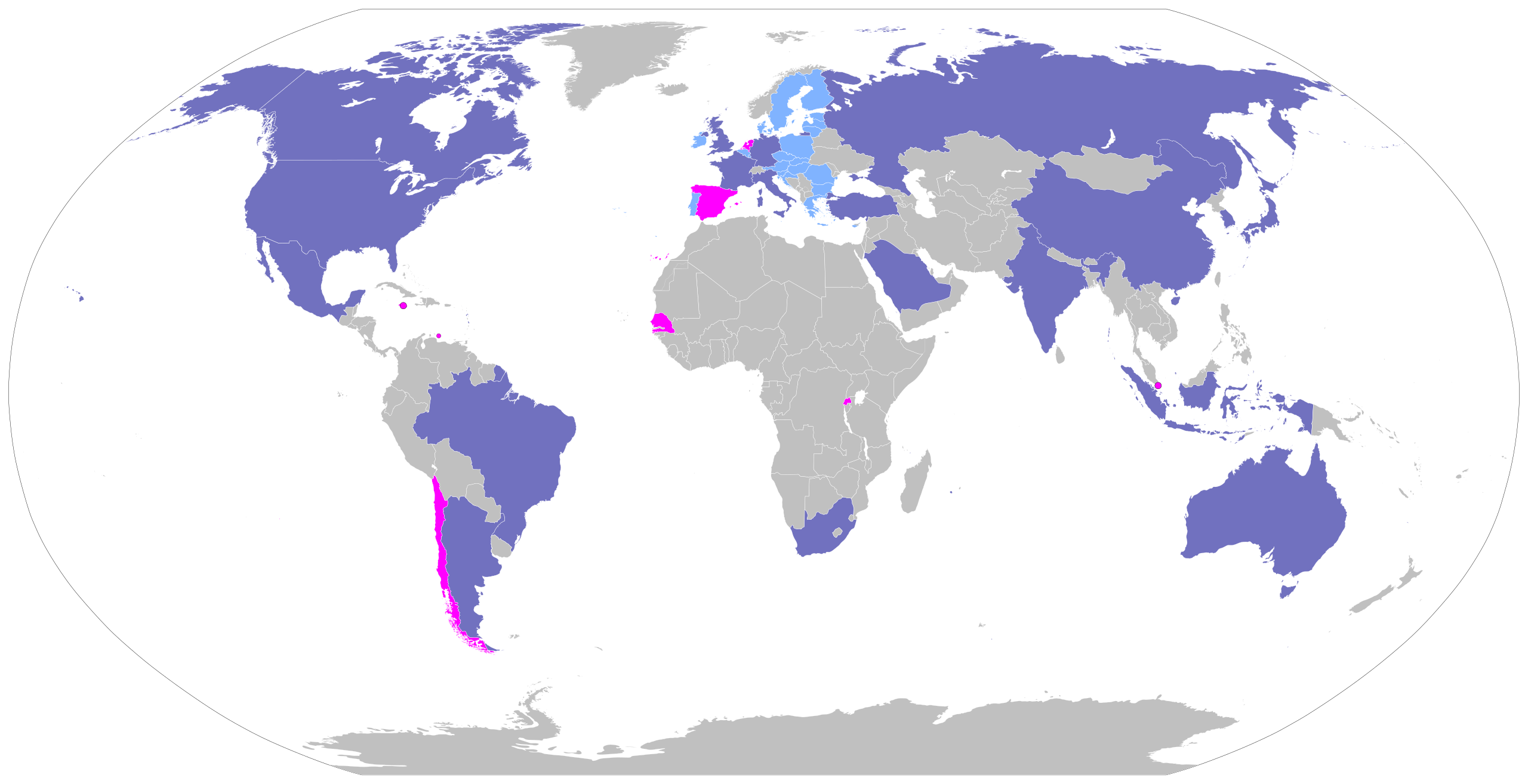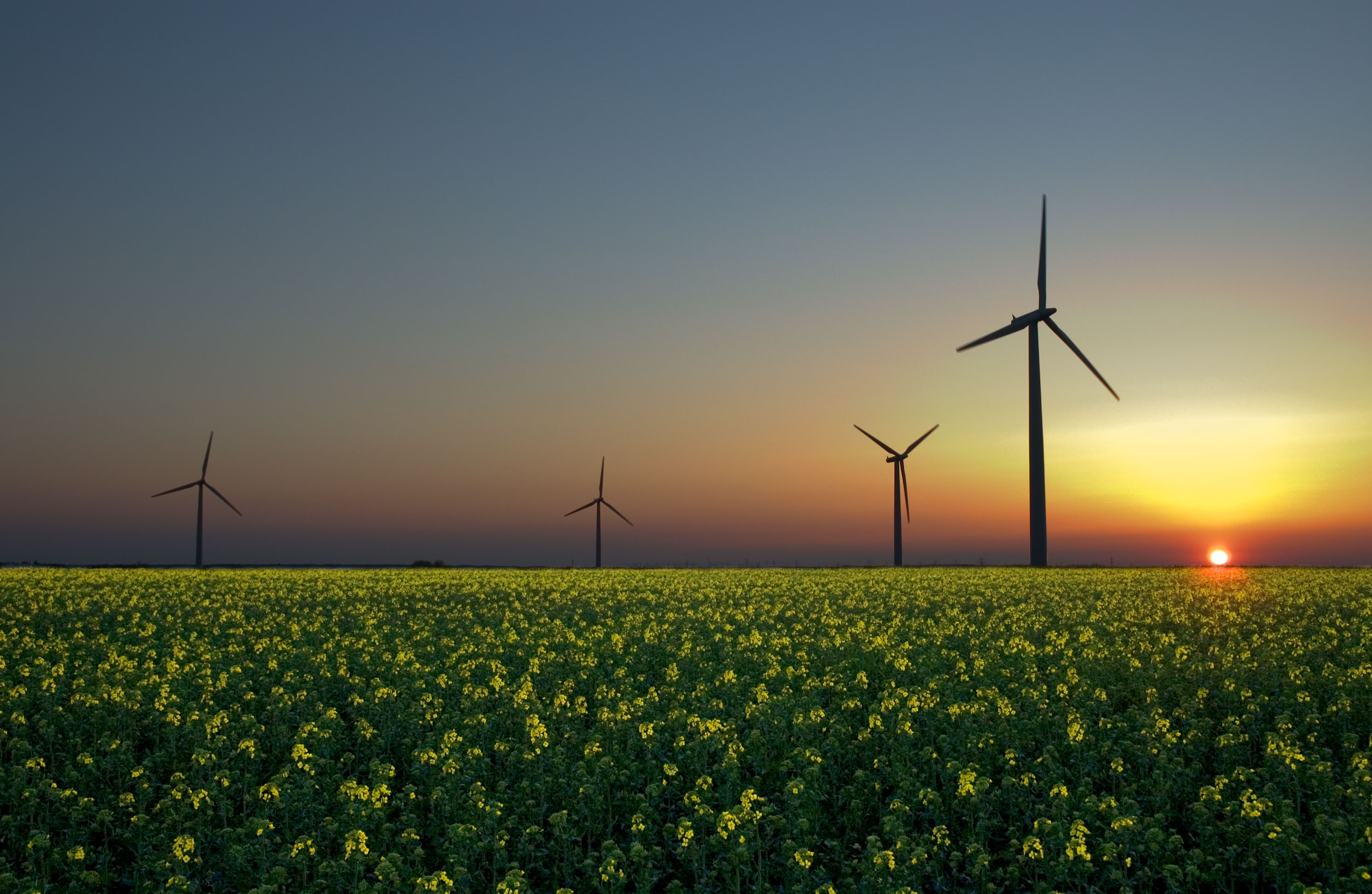
I want to proposition you. Now hold on there, let’s not get off on the wrong foot. I’m not soliciting you to perform some lewd act. Sheesh, what kind of guy do you think I am? Wow, all I really wanted to do here was to put forth an idea that is the starting point for a case I want to make, but now that’s been ruined. Okay, let’s start again. I have a business proposition for you. Well, I guess that really isn’t any better after how we started the first time, especially considering what the world’s first profession was. So, how about this: I have something I would like you to think about in relation to how modern business is conducted. Is that bland enough for you? Swell. Here it is:
Why is it that we call a company’s product and service offerings a “value proposition”? Couldn’t that potentially be reinforcing the negative view in America that corporations will prostitute themselves for the almighty dollar? What is value, anyway? Why are we talking about prostitution again? C’est la vie.
All too often, I think, businesses define value solely as the amount of money for which something will find a buyer. I can’t really blame companies, though, since this is precisely how Webster defines value. It’s also what Wall Street and investors want businesses to be focused on. To Wall Street, the primary responsibility of any company’s leadership is to create and sustain this kind of value. Why else would quarterly earnings reports carry such weight? If earnings and revenues aren’t going up, investors quickly demand that the leadership be ousted because they aren’t fulfilling their responsibilities to the shareholders. It’s either that or share prices fall and the future of the entire company comes into question. No wonder managers will put jobs on the chopping block and lay people off to improve the earnings numbers. Still, just because I might understand why it happens, that doesn’t mean I think that it should happen to begin with. How could we really call that creating value? Isn’t there more to life than having more money? How did we as a society get to this point? Why do I sound like a socialist nut-job?
Don’t get me wrong, here. I’m all for free enterprise, and I believe the market is the best mechanism for allocating resources in an economy. Where I differ from conventional Wall Street thinking, however, is that I believe that there is more than one measure of value. It is still the primary responsibility of a company’s leadership to create and sustain value, except value is measured in much more than just dollars. Value is people. A company is nothing without the people who make a company’s products and services a reality. Consequently, value starts with hiring the right people in the first place, then rewarding them, protecting them, investing in them and empowering them. In a nutshell, a company should exist such that its employees pursue their own wellbeing and goals by working hard to advance the interests of the company.
Wall Street’s view might say that this approach might increase costs and reduce profits. But what if the opposite is true? What if instead of increasing costs, this approach increased revenues and profits? Imagine a company where everyone, from the CEO to the housekeeping staff, works tirelessly toward company goals because in so doing, they are simultaneously drawing closer to their own personal dreams and aspirations. Sounds like a pretty awesome company to work for. Sounds also like a very productive and profitable company to work for.
We as Americans like to rate things, which is partly why our market economy works so well. Why don’t we add a measure of a company’s people value to the market indices? It would certainly help us start placing more value on people, and perhaps less value on money. The market then would still be responsible for allocating resources in our economy, except sometimes the market would briefly take its eyes off the dollar signs to look at the real measure of a company.
I realize that to do all this it will require a huge cultural and sociological movement throughout the world. Maybe that’s too much to ask for. Or maybe I simply haven’t propositioned enough people yet …
Nate Barber is a student in the EMBA program at the University of Texas at San Antonio and is Vice-President of Barber and Barber Associates, Inc.















